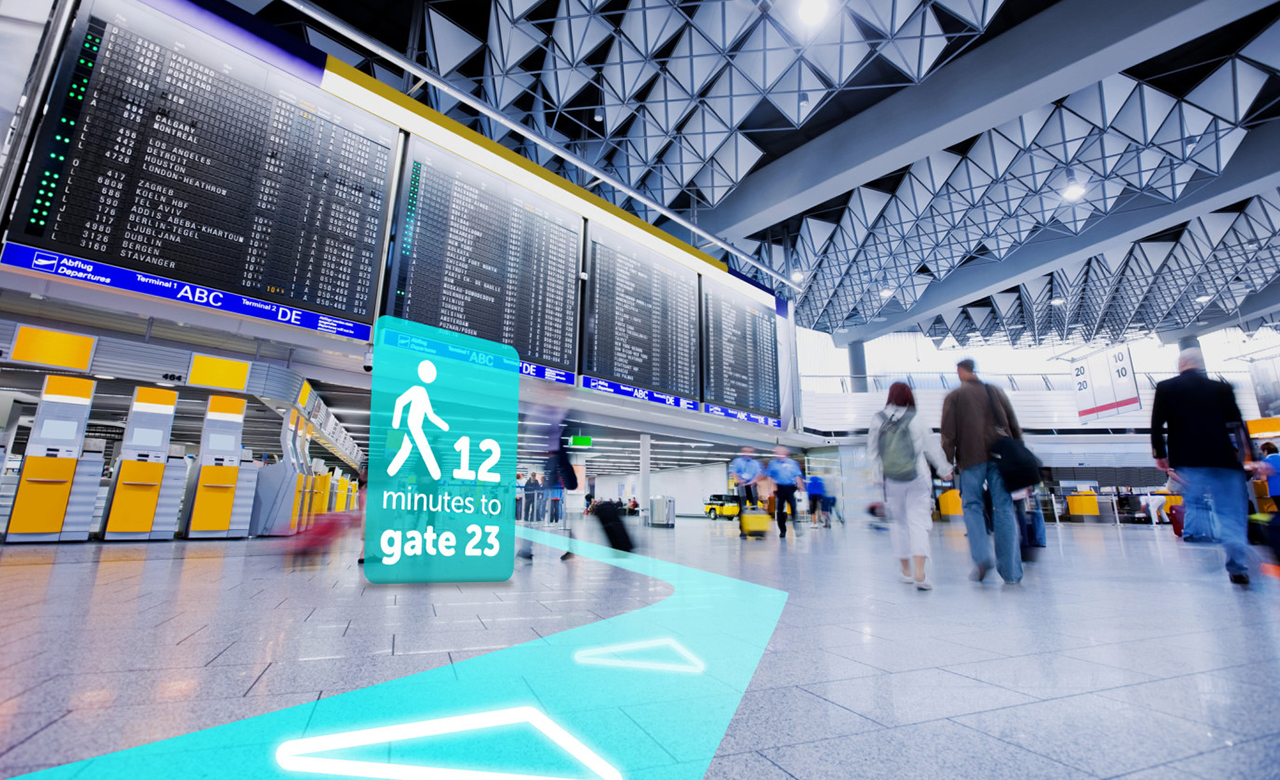
Metaverse, a portmanteau of the Greek term ‘Meta’ and the English word ‘Universe’, was first coined in a 1992 novel by Neal Stephenson named Snow Crash and envisioned it to be a computer-generated imaginary place that people explored using avatars to escape the dystopian reality. Almost 3 decades later, the very same concept (minus the dystopia) is starting to take shape and enable a virtual parallel universe that provides an immersive experience of the real world using AR and VR. With the biggest companies across the globe leaping to grab opportunities available in the metaverse, the layers required to bring the 3D world to life are as complex as possible- with the first and foremost challenge of creating all dimensions of the real world to make it immersive, welcoming, and ultimately useful through 3D connections and interfaces with the physical world which can adequately translate the real-life experiences.
Indoor Mapping and Indoor Navigation
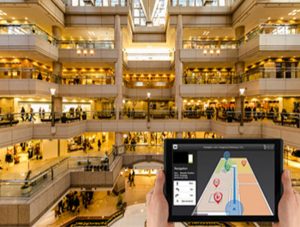
Location intelligence and analytics are the major components in both the underlying infrastructure as well as the end-user experience for the metaverse. And with people spending more than 90% of their time indoors, creating these spaces in the 3D digital world to emulate experiences is imperative to fully immerse in the metaverse and this creates the need for precise, high-quality, and up-to-date indoor maps.
Just as geospatial is used to get location information of entire cities, and create simulations based on the physical world, similar technologies are now being used to create indoor maps which will have value, not just in real-time immersive experiences but also in increasing operational efficiencies and engagement. Today, with a rise in smart spaces creating a more connected world, gaining insights from our living and working spaces to enhance overall performance has become imperative. Various industries can greatly benefit from indoor mapping to help map users navigate through building interiors, as well as provide useful information to marketing personnel, maintenance managers, merchandise store owners, and facilities coordinators for targeted marketing for store owners, building maintenance made easy, handling day to day tasks without increasing complexities, get facility information, etc.
Ways to leverage “Metaverse Indoor Maps”
As indoor mapping technology is likely to find a multitude of everyday uses in larger facilities, let’s look at the top 3 use-cases that are the most anticipated and exciting:
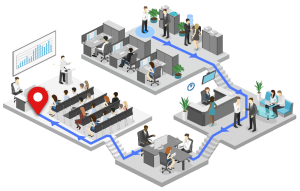
- Wayfinding and route optimization– While in the real world, the usage of finding the best path to get from the user’s current location to any other desired place extends to almost all campuses, in the metaverse this application helps within the domains of gaming, tourism, social interactions, architecture, e-commerce, real estate, etc. Someone in the metaverse is free to play a game at the choice of his venue or wander through the corridors of the Louvre or even stroll through a virtual store with family to shop for their living room furniture!
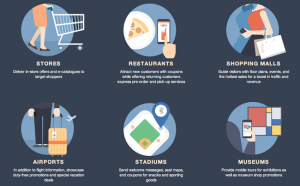
- Targeted marketing – As someone would explore the metaverse, they would leave behind them a footprint of invaluable data which can be a goldmine for marketing purposes. As a digital marketing professional can exactly know the time spent by an individual in each store at a virtual shopping complex, the areas the person frequently visits the metaverse for, the kind of preferences someone has when it comes to travel or shopping or entertainment, and many more such insights, s/he can devise plans to customize marketing content, plan, channel, platform, and increase customer engagement at various levels.
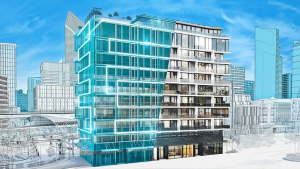
- Digital Twins – Businesses of all sizes are already using location intelligence technology to build virtual 3D replicas of objects, operations, assets, places, and systems to see more clearly when making decisions through a shared reality. As the metaverse will grow to reflect the real world in real-time, professionals would be able to use accurately mapped infrastructure insights to visualize assets, simulate what could happen in different scenarios, optimize resource allocations, manage operations, and engage with different communities and stakeholders. These applications can be as routine as a virtual walkthrough of proposed projects for investors, to as sensitive as training the workforce for critical jobs in a replicated space.

As the metaverse becomes a part of our daily lives, the location data derived from indoor positioning systems within the metaverse will have the capacity to create the next generation of intelligent spaces that anticipate users’ needs to make life more efficient, smoother, and easier.